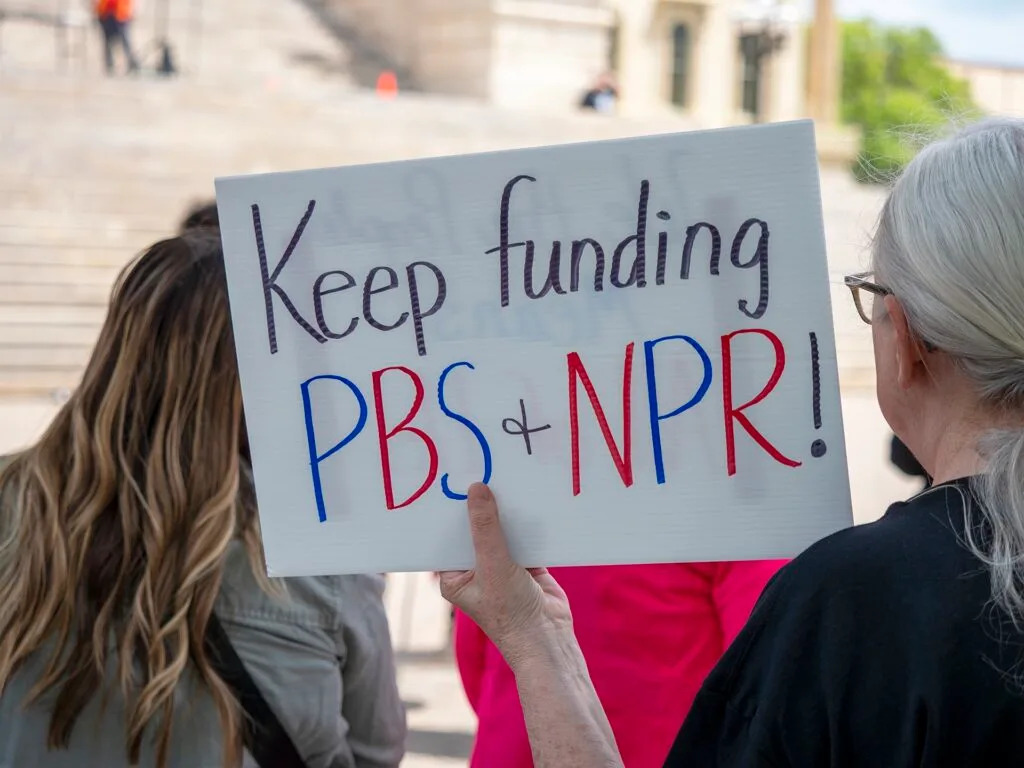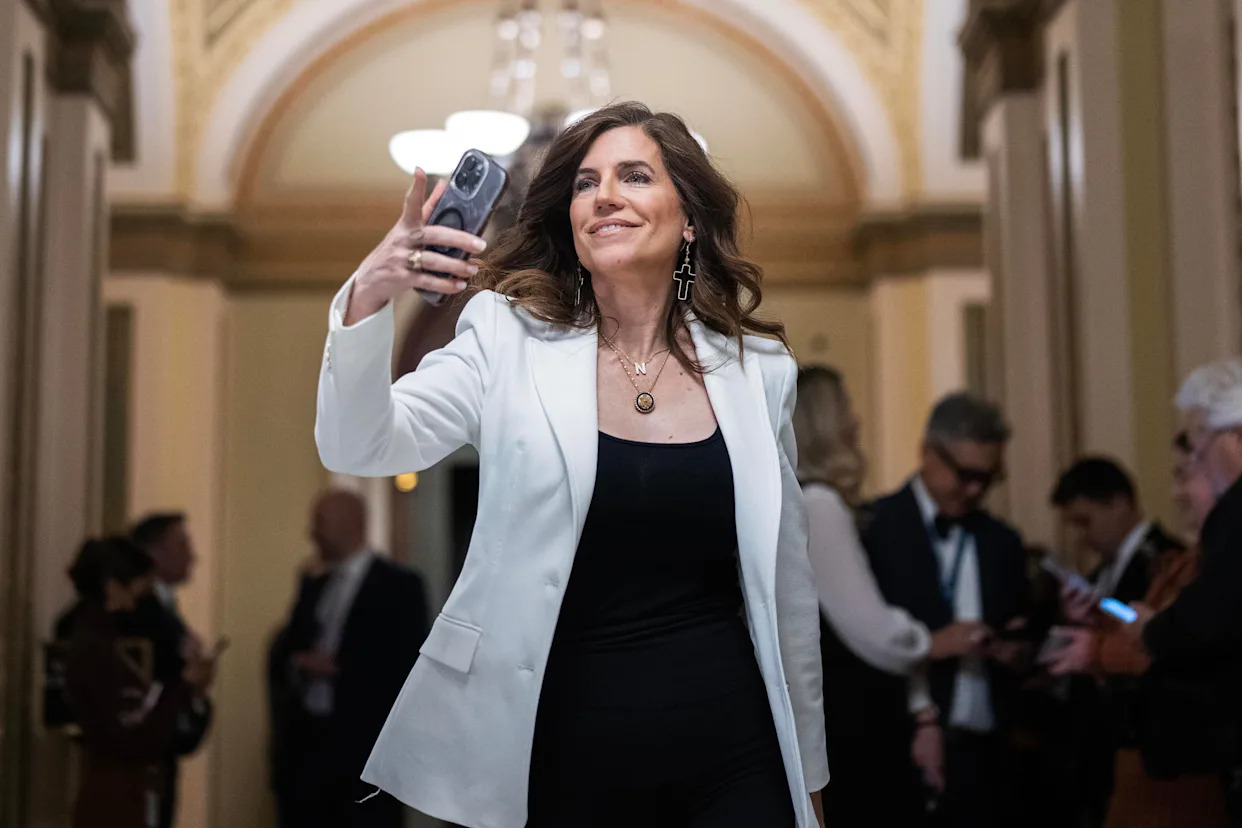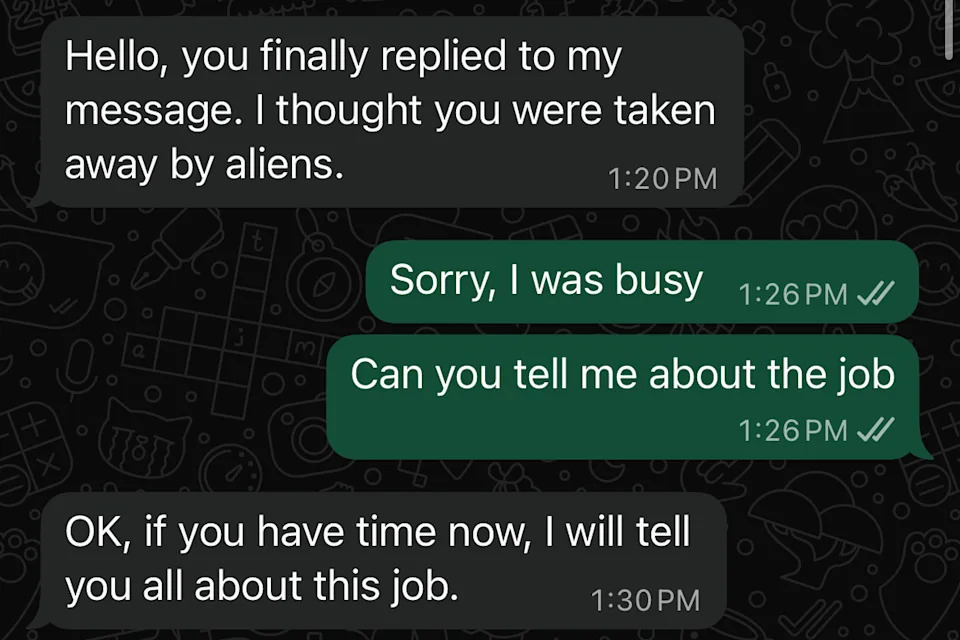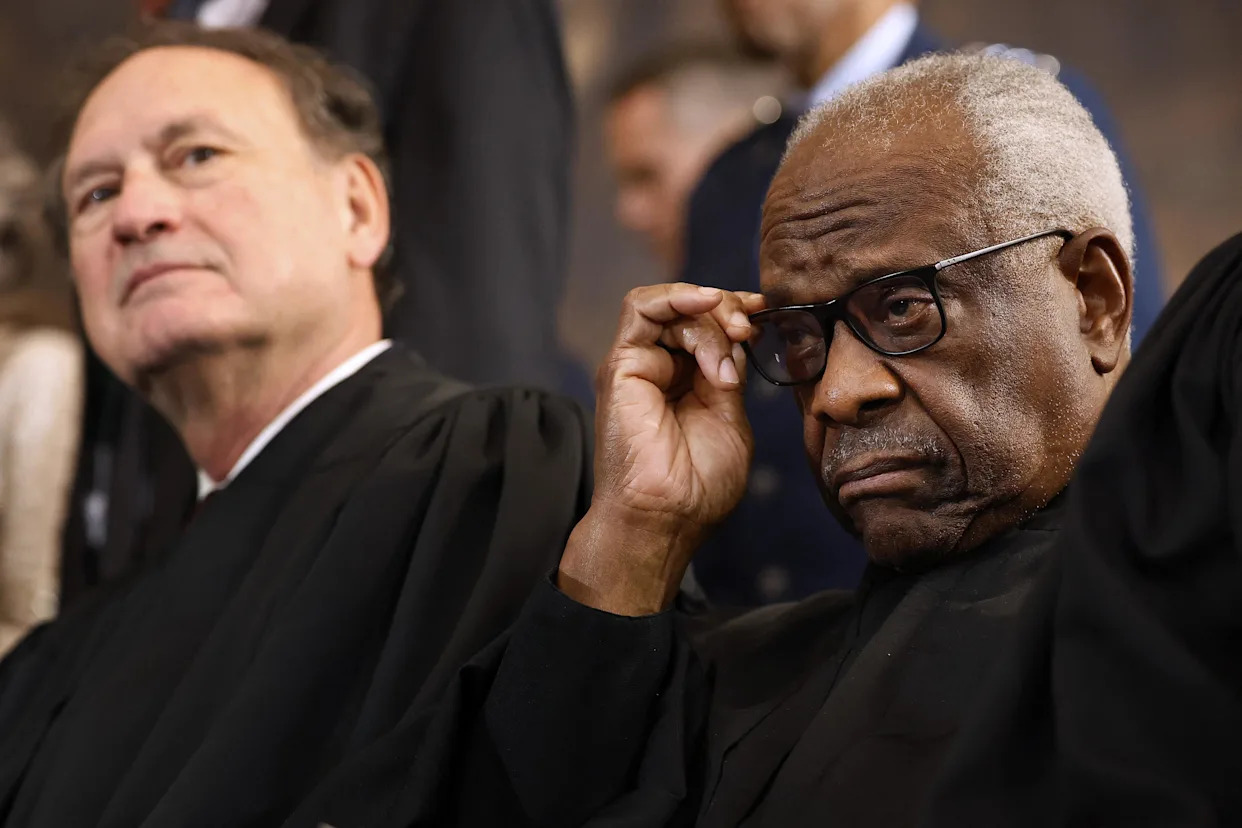
A protester holds a sign in support of funding for public media during a May 1, 2025, rally at the Kansas Statehouse in Topeka as part of a 50501 national day of action. (Photo by Sherman Smith/Kansas Reflector)
Millions of dollars in federal budget cuts to public media have been finalized by President Donald Trump, but state lawmakers in Ohio also made budget cuts in funds mean for public broadcasting, including services for the blind.
Trump signed away $9 billion in previously approved spending on July 24, which included more than $1 billion to the Corporation for Public Broadcasting for the next two fiscal years. The Corporation for Public Broadcasting distributes federal funds to public media stations including NPR and PBS affiliates in Ohio.
The U.S. House cleared the legislation on a mostly party-line vote, with only one Ohio Republican, Rep. Mike Turner, voting against the measure. All House Democrats voted against it.
But lesser known cuts were made in the state budget, via earmarks in the Broadcast Educational Media Commission.
The commission is a independent state agency that has been around for 60 years. The mission statement for the commission says it seeks to support and fund public television and radio services, including delivering “educational programming and broadcasting solutions statewide.”
SUBSCRIBE: GET THE MORNING HEADLINES DELIVERED TO YOUR INBOX
The commission “seeks to expand the knowledge of Ohio’s citizens through promotion of educational broadcasting products, funding of the state’s broadcast affiliates and organizations, and collaboration with stakeholders and advocates of technology-driven education,” according to the state’s official website on the commission.
The site states the commission provides “financial assistance and technical services” to eight public TV stations, 15 public radio stations, and six “radio reading services” for the blind.
Those receiving operating subsidies distributed through the commission include The Ohio Channel, which provides recorded and livestream access to government press conferences and meetings, including Ohio General Assembly hearings and sessions.
In total, the state budgeted $10.6 million each to the commission in fiscal years 2024 and 2025.
The newest state budget, signed by Gov. Mike DeWine at the end of June, reduces the commission’s budget by 3% in 2026 and 5% in 2027. While it still includes support for The Ohio Channel and Ohio’s Statehouse News Bureau, among others, earmarks for specific resources have been cut.
DeWine’s budget proposed up to $965,000 in each fiscal year to be distributed equally among “Ohio’s educational television stations for the production of interactive instructional programming, with priority given to resources aligned with state academic content standards,” according to budget documents.
But the final budget included Ohio Senate-introduced changes, providing more than $120,000 less than the governor’s proposal in fiscal year 2026, and more than $240,000 less in 2027.
More funding intended to support public educational television and radio operations was cut from DeWine’s proposed $2.65 million in each fiscal year, to $2.3 million in 2026 and $1.9 million in 2027.
A third line item under the Broadcast Educational Media Commission’s budget is specifically intended for radio reading services for the blind. While DeWine’s budget set the earmark at up to $294,000 each for the next two years, the legislature ended up cutting that appropriation by more than $37,000 in 2026 and more than $75,000 in 2027.
Outlets in the state are now preparing to lose their shares of the federal funding, with many worried about smaller local stations who serve as the only news outlets for certain areas, and as emergency alert stations as well.
Luke Dennis, general manager of WYSO in Yellow Springs, told the Capital Journal earlier this month that public media is, “in many places, the only media,” and for those without internet access or the ability to afford it, public media can mean the only source of needed information.
“There’s a very well-established infrastructure for emergency alerts that are made possible through public media,” Dennis said as the federal funding cuts were still being discussed.
WYSO could be looking at about $300,000 in cuts on the federal side, and that may mean a new budget plan. Dennis said that back up plan for funding comes at a time when the station is newly independent, and working on a “lean and mean” budget.
Ideastream, which partners with the state to provide The Ohio Channel’s services, said in June they may have to look at “consolidation” because of the cuts.








Comments